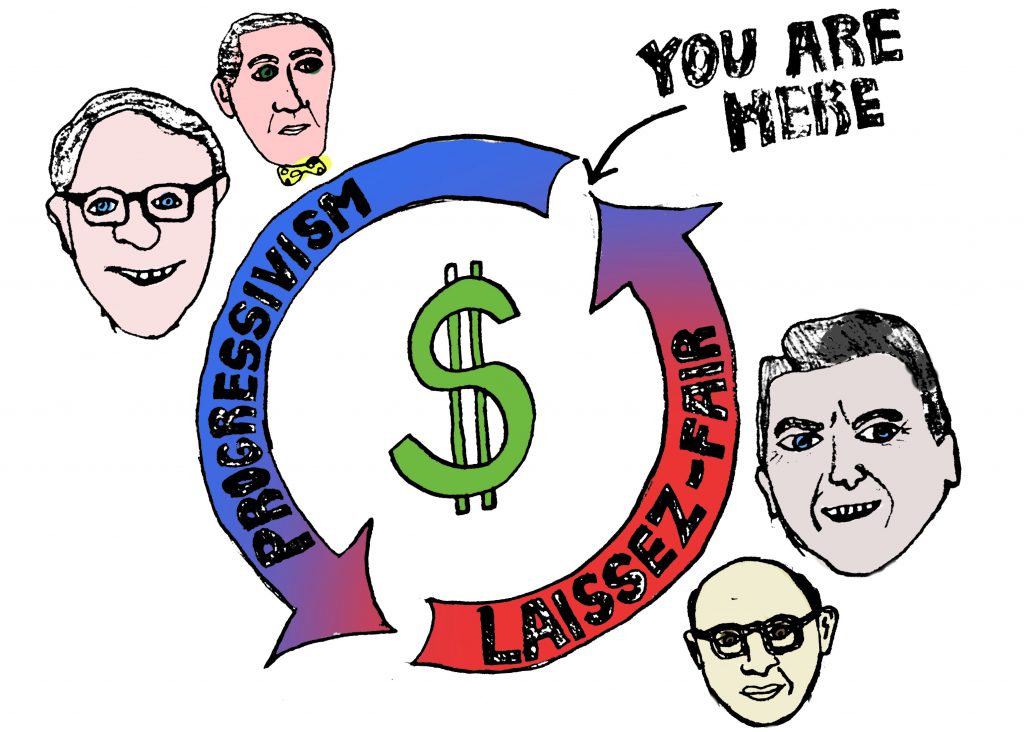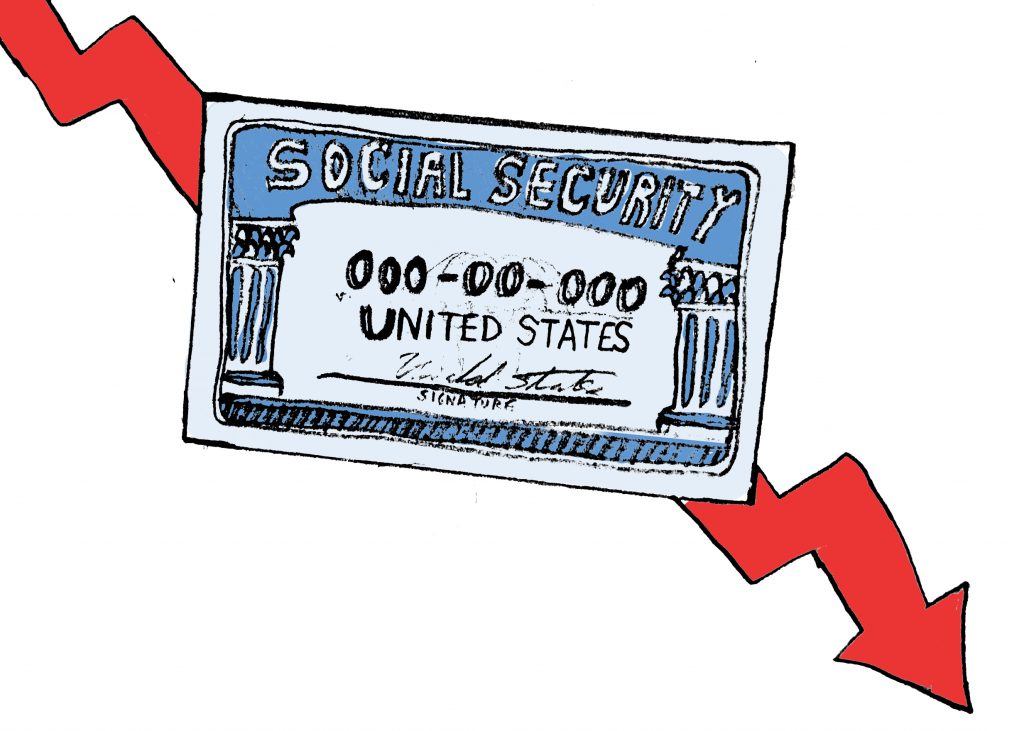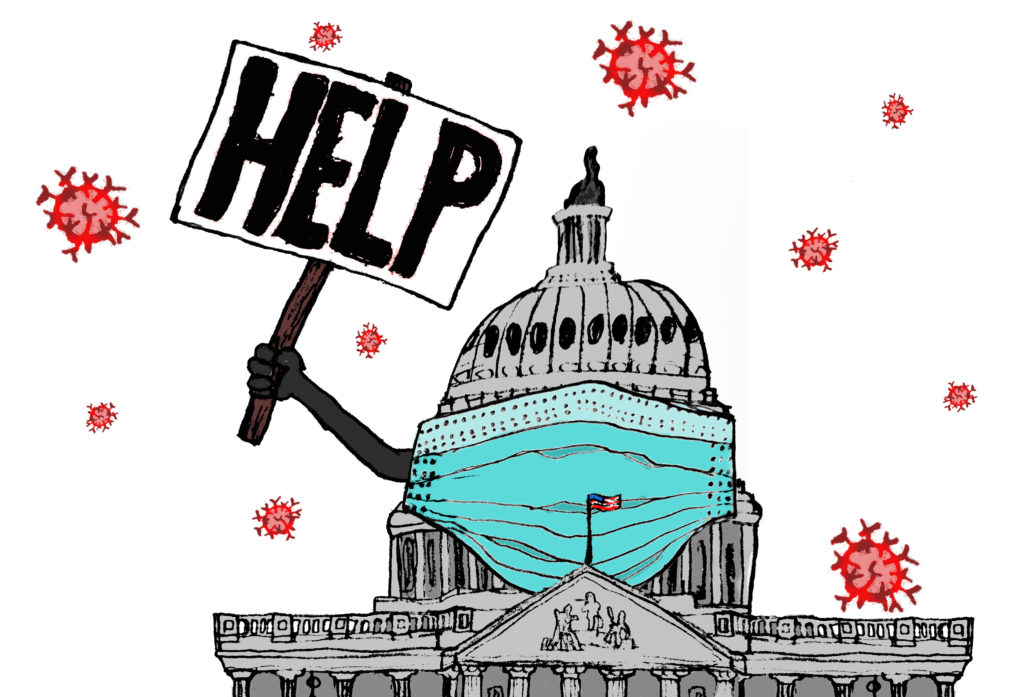As obesity-related illnesses are speculated to strain up to one-fifth of the national healthcare expenditure, federal agencies have spent decades embarked to reform the American diet through social and economic intervention. Among low-income consumers, the risk is exacerbated by tight budget constraints favoring cheap, high-calorie foods.
But what if you can get paid to eat healthier? That’s the idea behind the U.S. Department of Agriculture’s 2011 Healthy Incentives Pilot (HIP), intended to promote a greater consumption of fruits and vegetables for households depended on the Supplemental Nutritional Assistance Program (SNAP). However, the government won’t be sending physical checks to your mailbox.
The pilot is a straightforward in-kind transaction; for every SNAP dollar a household invests in pre-approved healthful products, the program would subsidize an additional $0.30 worth of food stamps for up to $60 per month. With the average SNAP household receiving a monthly aid of $240.00 (as of February 2020), recipients would need to eat a lot of greens – about $200 worth – to capitalize on the offer.[1]
How can promoting SNAP participants to buy more food effectively fight obesity? HIP plans to reverse the class-diet disparity through commodity egalitarianism. The rationale behind the redistribution relies on an economic concept known as the “substitution effect,” where consumers are incentivized to replace cheap products with pricier ones when there is growth in personal wealth. With the subsidy, interventionists plan to give SNAP households the financial security to “invest” in organic, high-quality foods without jeopardizing their volume of groceries.
At face value, there are evident economic and health benefits to HIP. Participants in the program are no worse off than receiving cash; $60 in additional SNAP benefits is $60 in additional spending power even if it’s restrictive. Although the funding will unlikely pull individuals directly out of poverty, low-income households can be expected to receive the financial latitude to invest in other commodities – think human capital or leisure – to stimulate the economy.
The pilot also serves to see behavioral changes in obese or at-risk recipients. Motivating households to buy relatively “affordable” fruits and vegetables could potentially sway the market demand away from unhealthy produce. By shifting personal preferences to a healthier diet, participants can slash thousands of dollars in medical costs attributed to obesity-related illnesses down to $60 (or less) per month. If this economic model holds true, the outcome of the program would be a major social benefit for taxpayers and the U.S. Department of Health.
Skeptics of the model, however, will find this too good to be true. One may argue that the program relies on assumptions that households will always prefer the selected healthy foods and value the subsidy as though it were their own money. At a minimum, those who do neither with be excluded. Even worse, participants could use the fund as “snack money” to buy more of the same calorie-packed items HIP intentionally wants to limit. Although the program forces consumers to buy the fruits and vegetables to receive the aid, there is no requirement to actually eat it or prepare it efficiently.
The second potential drawback comes from HIP targeting food stamp recipients indiscriminately; giving both obese and healthy households equal access to nutritious items. While this sounds like a ridiculous critique, keep in mind that it will do no social good investing in families already consuming their recommended dose of fruits and vegetables. Even as some studies suggest that up to 40% of SNAP members suffer from obesity, HIP could theoretically run at a deadweight loss for taxpayers to pick up.[2]
These economic outlooks are strictly academic as the pilot program has never been implemented outside of Massachusetts. What is not theoretical is that like all nondiscriminatory public programs, HIP will likely run the risk of freeriding. Economists will have to estimate the countless number of households that will deliberately cut their income to participate in SNAP. The USDA will also have to measure the amount of fruits and vegetables wasted by participants willing to exploit the funding. These factors are the byproduct of a moral hazard problem which has been evident throughout various welfare programs. The real question lies on whether HIP’s long-term outcome will be worth the drawbacks or consume more of the national healthcare expenditure and stagnate the labor market.
Despite all of the unknowns, I have confidence that the Healthy Incentives Pilot will prevail as the positive consumption externality as intended. My assurance relies on similar redistribution strategies to speculate on its impact. When welfare reform emerged in the 1990’s to have time and workfare requirements, for example, millions of caseloads were reduced as the incentive to climb out of poverty rose. Though the Temporary Assistance for Needy Families (TANF) targets a slightly different demographic, HIP’s condition to buy $200 worth of specified groceries will force people to comply if they are truly desperate for food security. Even in the worst-case scenario, the pilot will alleviate the social cost placed on anti-poverty intervention and show a return-on-investment wherever it may be. In other words, it will cut social costs regardless.
The USDA could have turned to stricter SNAP protocols as it did in the Women, Infants, and Children Program (WIC), where eligible households received a predetermined food basket and participants simply had no choice in avoiding unhealthy items. Nevertheless, the economic theory behind HIP certainly breaks many misconceptions about solving the obesity crisis. It’s up to SNAP recipients to decide if the new outlook is worth it.
Work Cited
[1] Supplemental Nutrition Assistance Program. (2020). Retrieved March 24, 2020, from https://fns-prod.azureedge.net/sites/default/files/resource-files/34SNAPmonthly-2.pdf
[2] Condon, E., Drilea, S., Jowers, K., Lichtenstein, C., Mabli, J., Madden, E., & Niland, K. (2015). Diet Quality of Americans by SNAP Participation Status (pp. X-Xi, Rep. No. AG-2198-D-12-0069). Alexandria, VA: United States Department of Agriculture. doi:http://www.fns.usda.gov/sites/default/files/ops/NHANES-SNAP07-10.pdf




